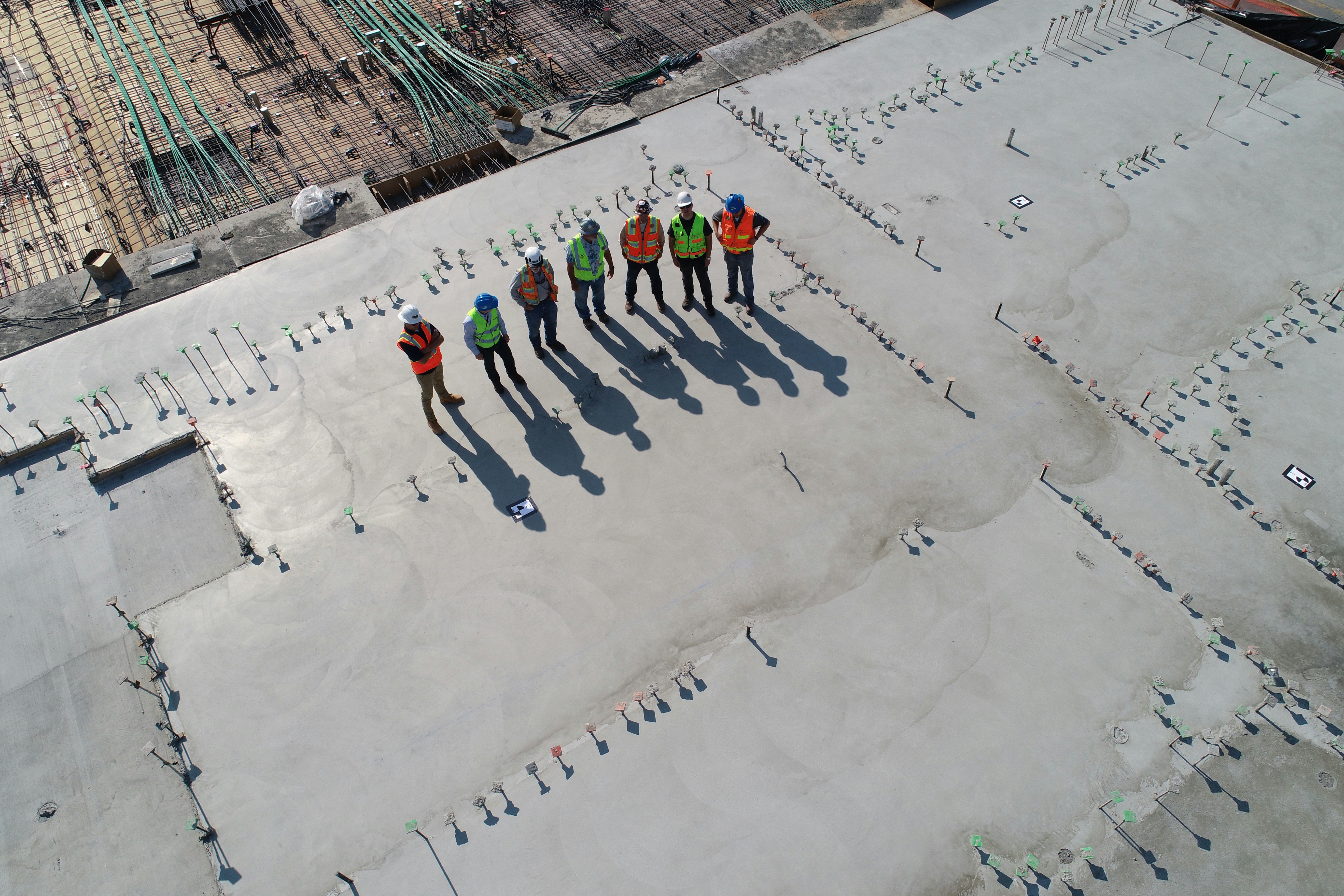Leaders today are processing more information than ever - up to 34GB of data a day. And while our brains are wired to simplify this overload by creating mental shortcuts, these efficiencies come at a cost: unconscious bias.
Coined by psychologists Greenwald and Banaji in 1995, unconscious bias refers to the automatic, implicit associations that shape our perceptions and decisions, without us even realising it. It’s “the attitudes or stereotypes that affect our understanding, actions, and decisions in an unconscious manner.” For leaders, these biases don’t just influence who gets hired, promoted or heard, they shape your entire organisational culture, often in ways you can't see.
The numbers say it all. Disengaged employees, many who cite bias as a key reason, are costing the global economy a staggering $8.9 trillion annually. This should serve as a wake up call. That’s why tackling unconscious bias requires more than good intentions from leaders. It demands structure, strategy and accountability.
So, how can leaders take meaningful action? Hear from Head of Marketing, Julia Soltysova or read on to uncover the importance of addressing unconscious bias head on.
Tip 1: Start with Data - Drive Insights, Not Assumptions
Unconscious bias operates under the surface. And what you can’t see, you can’t change. That’s why data is your starting point. It moves the conversation from speculation to strategy. It helps leaders identify hidden patterns, spot disparities and create a culture built on accountability, not assumption.
The business case is clear and the data proves it. From innovation to employee wellbeing, bias touches every aspect of organisational health and profitability:
- Women facing microaggressions are 2.7x more likely to consider leaving. This is fueling costly turnover and eroding team stability.
- Employees sensing bias are 2.6x more likely to withhold ideas, stifling innovation and momentum.
- Organisations in the top quartile for leadership diversity are 33-39% more likely to financially outperform their peers.
- Cultivating an inclusive culture translates to a 22% lower turnover and delivers higher profitability.
Bias also lives in our tech. Biased algorithms are already impacting underrepresented candidates. Algorithmic bias can quietly reinforce inequality unless we design for inclusion from the outset. That means auditing your systems, diversifying your data sets and involving the right voices in shaping the tools you use.
Designing for inclusion from the outset, across hiring, tech, governance and analytics, ensures that bias doesn’t get baked into your decisions or digital products. Ultimately, ethical leadership doesn’t happen by accident. It must be proactively nurtured, rigorously tested and refined at every level. Data gives you the insight to take targeted, effective action. When you measure bias, you can mitigate it.
Tip 2: Harness Diverse Perspectives
Unconscious bias keeps us inside comfort zones and echo chambers, surrounded by people who look, think and act like we do. Forward-thinking leaders must step outside those boundaries and actively seek out difference. When leaders intentionally surround themselves with people who challenge assumptions, they open the door to better problem solving, richer collaboration and smarter innovation.
Modern research into unconscious bias in the global workforce highlights three essential pillars for advancing equity: sponsorship, readiness and bias mitigation. When applied together, these strategies ensure diverse talent is not only hired, but also developed and progressed into leadership roles.
At Breakthrough, here's how we turn this into practice:
- Establish coaching channels that connect leaders with diverse talent. This creates an environment of understanding, surfaces unseen challenges and proves growth opportunities on all sides.
- Seek honest feedback from peers, teams and direct reports. Ask where your biases show up and how you can address them. Create feedback loops with peers, mentors, and coaches who will challenge your thinking in constructive ways. If no one is calling out blind spots, it’s a sign they’re going unexamined.
- Intentionally fill perspective gaps. Start meetings by inviting input from quieter voices. Even small shifts in approach matter. The "first voice" technique invites new or underrepresented team members to speak first. It's been shown to boost inclusion, confidence and idea generation.
Importantly, make inclusion visible. Talk about unconscious bias. Normalise the discomfort of the conversation. Embedding this awareness into the DNA of your culture, from language to leadership behaviours, is key to lasting transformation. When diverse perspectives are part of every major decision, innovation becomes part of your competitive edge. That's why it's a core principle woven into the fabric of every Breakthrough Programme. Designed to create inclusive, high-achieving cultures from the inside out.
Tip 3: Turn Unconscious Bias into a Leadership Development Opportunity
Confronting bias is uncomfortable. But discomfort is where transformation lives. Too often, bias training is seen as a compliance exercise when in reality, it’s a catalyst for growth. It challenges your assumptions, reshapes your thinking and strengthens your decision-making. When embraced fully, it becomes a core leadership competency.
Leadership Bias Trap
Bias in leadership doesn’t always look like overt discrimination. More often, it’s subtle and systemic. It plays out in the day-to-day decisions around hiring, promotions, team dynamics and feedback. The most common biases affecting leadership performance are the contrast effect and recency bias.
When people find themselves unfairly stacked up against a colleague who seems to be the 'gold standard', that's when the contrast effect is at play. It distorts reviews and sidelines strong performers simply because their style or strengths look different. Add recency bias to the mix, where one recent slip-up outweighs months of solid work, and it’s easy to see how demoralising things can get.
From hiring bias and friendship bias, to the halo effect and familiarity bias, the cumulative result is a workplace that is less fair, less inclusive and ultimately, less high-performing. When leaders aren’t aware of these biases, great talent gets overlooked and trust erodes quickly.
Neuroplasticity: Rewiring the Leadership Mindset
Neuroplasticity is the brain's ability to rewire itself through experience and practice. It’s the reason we can learn new skills, change habits and shift thought patterns even well into adulthood. And it’s one of the most promising tools we have for transforming leadership bias.
Through regular mindfulness practices, such as reflection, journaling, bias recognition exercises, or simply pausing before decision-making, leaders can interrupt the automatic mental pathways that reinforce biased behaviour. So what can you do in your leadership development journey?
- Practice introspection by reflecting before reacting. Ask: "What standard am I using to evaluate this person?" , "Whose voice isn’t being heard right now?" to build self-awareness and create psychological safety.
- Disrupt patterns in real-time. Speak last in meetings, call in (not out) biased behaviour and ask “is this still serving us?”. Over time, fairer, more inclusive thinking becomes instinctive.
- Turn breakdowns into breakthroughs. When bias appears, use it as an opportunity to shift policy, mindset, or team dynamics for the better.
Building a Bias-Resistant Culture
Lasting change doesn’t happen through good intentions alone, it takes systems built to challenge bias in action. Scenario-based learning is a powerful tool that immerses managers in real-world situations so they can spot and address bias in the moment, not just in theory. For a meaningful 1-Degree shift, pair this with continuous feedback loops. When teams feel safe to speak up, you foster a culture where accountability flows both ways. And it matters as 39% of UK employees say the bias they experience comes directly from senior leadership. To lead inclusively, leaders must commit to listening, learning and evolving constantly.
🎧 To go deeper, listen to our 3 Lessons from Breakthrough Leaders podcast episode with Jamie Bechtel. She shares her powerful insights into how leaders can move beyond awareness into action - and how to create cultures where every voice counts.
Conclusion
Unconscious bias is a systemic issue, and the cost of inaction is high. Bias suppresses innovation, damages culture and drains talent. Organisations that take this seriously do better for longer. And it begins with a single mindset shift: You can’t fix what you don’t face. And you can’t change what you don’t challenge. The leaders of tomorrow will not be the ones who claim neutrality or perfection. It will be those who embrace complexity, admit blind spots and continuously rewire their thinking in pursuit of better outcomes.
The future of work doesn’t just depend on the tech we build but on the people and perspectives we choose to build it with. By implementing these tips, we can dismantle the invisible barriers that hold people and performance back.
Contact us today & begin building a bias-resistant culture in your organisation.
What are your thoughts on dismantling unconscious bias? Share your experience with us at #mybreakthrough on LinkedIn or leave a comment on our Unconscious Bias Insight Short YouTube Video. To hear more leadership insights, please enjoy our Insights Shorts playlist.
Thank you for reading, and stay tuned for our next Insight Short where we’ll be sharing more Breakthrough tips and expert advice.
-2.png)
-2.png?width=1200&length=1200&name=Untitled%20design%20(7)-2.png)
-1.png?width=1200&length=1200&name=Website%20-%20podcast%20branding%20(4)-1.png)



